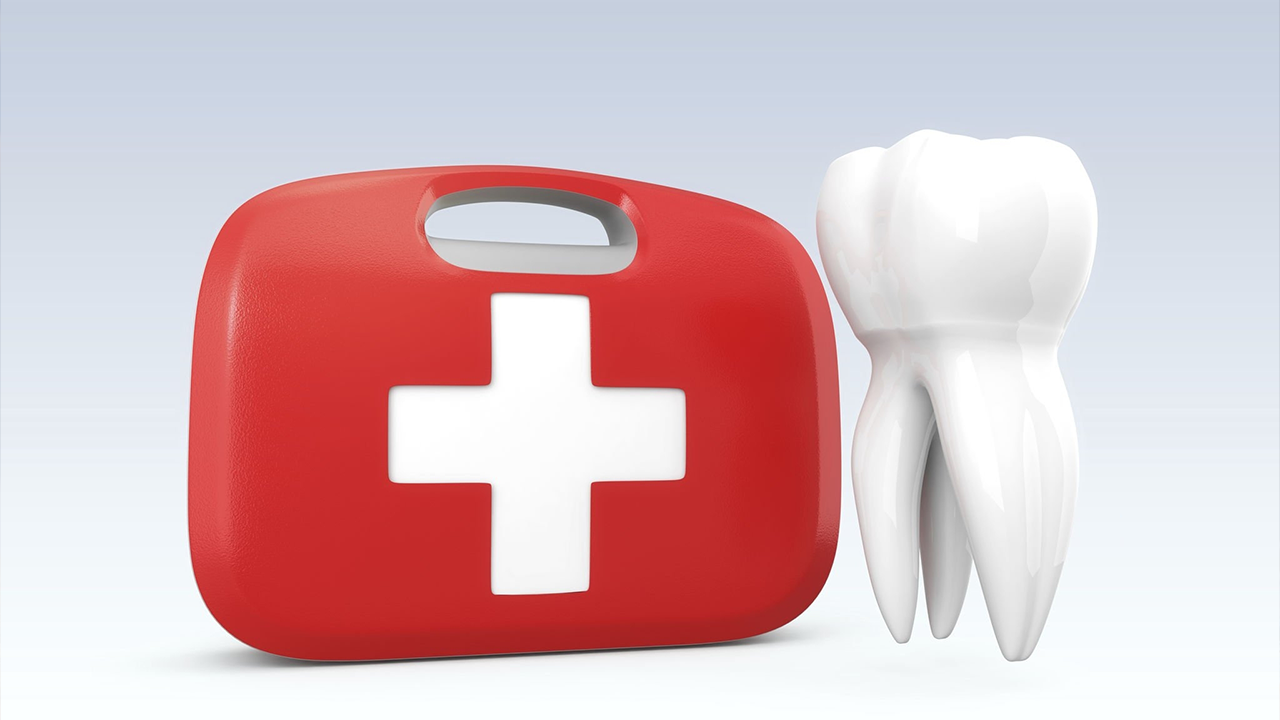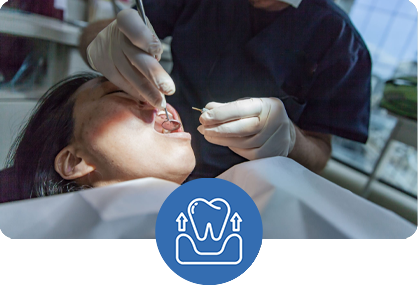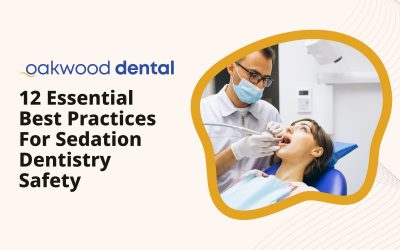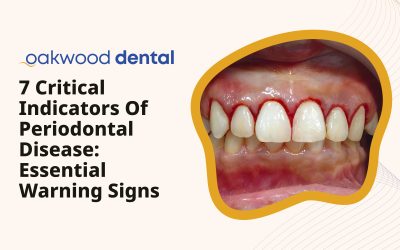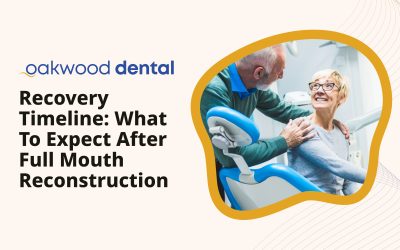Dental emergencies can occur unexpectedly, often requiring immediate attention to preserve oral health and prevent complications. Proper preparation significantly influences your ability to manage dental crises effectively, potentially saving teeth and minimizing discomfort. This comprehensive guide provides essential strategies for dental emergency preparedness, equipping you with the knowledge and tools necessary to handle unexpected dental situations confidently. Swift action and thorough preparation are fundamental when addressing dental emergencies.
Essential Preparation Strategies: Dental Emergency Readiness
Dental Emergency Preparation
- Assemble a comprehensive dental emergency kit with essential supplies and medications
- Maintain readily accessible emergency contact information for your dental care provider
- Understand common dental emergencies including trauma, pain, and structural damage
- Schedule regular preventive dental examinations to minimize emergency risks
- Ensure all family members understand proper emergency response procedures
Recognizing Common Dental Emergencies
Understanding what constitutes a dental emergency is crucial for appropriate response. Common dental emergencies include severe tooth pain, dental trauma resulting in avulsed teeth, fractured or chipped teeth, lost dental restorations, and soft tissue injuries within the oral cavity. Each situation requires specific intervention protocols, and familiarity with these conditions enables prompt action when time is critical.
For instance, when a tooth is completely displaced from its socket, immediate action is essential. Attempting gentle reinsertion or preserving the tooth in an appropriate medium such as milk or saliva can maintain tissue viability for successful reimplantation. Recognizing the signs of dental emergencies is essential for securing timely professional intervention. Distinguishing between true emergencies and less urgent dental concerns can optimize resource utilization and reduce unnecessary stress.
Assembling Your Dental Emergency Kit
Establishing a comprehensive dental emergency kit represents one of the most important preparatory measures for managing dental crises. This kit should contain essential supplies that can help manage a dental emergency until professional care becomes available. Having these materials readily accessible can significantly impact pain management, infection prevention, and tooth preservation.
Your dental emergency kit should include:
- Sterile gauze pads for bleeding control and tissue protection
- Small container with secure lid for storing displaced teeth or dental fragments
- Salt packets for preparing antiseptic rinses to cleanse wounds and reduce inflammation
- Over-the-counter analgesics such as ibuprofen or acetaminophen for pain management
- Dental floss for removing debris that may be causing discomfort
- Temporary filling material to protect exposed tooth surfaces
- Dental mirror and compact flashlight for enhanced visibility during examination
- Cotton applicators and oral antiseptic solution for wound care
Maintaining Emergency Contact Information
During dental emergencies, prompt access to professional care is often critical. Having immediate access to your dentist’s contact information can save valuable time, which may determine the difference between successful tooth preservation and tooth loss. Consider these preparatory steps:
- Program your dentist’s emergency contact number into your mobile device with clear identification
- Keep physical copies of contact information in your emergency kit and in prominent household locations
- Identify the nearest emergency dental facility, including their operating hours and services
- Understand your dentist’s after-hours emergency protocols, including any answering service procedures
- Keep dental insurance information easily accessible to facilitate prompt treatment authorization
- Maintain backup dentist contact information in case your primary provider is unavailable
Emergency First-Aid Protocols for Common Dental Situations
While professional dental care remains essential, understanding basic emergency protocols can help manage situations until professional treatment becomes available. These initial interventions can provide pain relief, prevent additional damage, and in some cases, improve the likelihood of successful tooth preservation. Here are protocols for common emergencies:
- For tooth displacement: Handle the tooth by the crown only, avoiding root contact. Gently rinse without scrubbing, and attempt careful reinsertion into the socket. If reinsertion is not possible, preserve the tooth in milk or saliva. Seek professional care within 30 minutes for optimal outcomes.
- For tooth fractures: Rinse the oral cavity with warm water to cleanse the affected area. Apply cold compress externally to reduce swelling. Avoid chewing on the affected side and use temporary dental cement if available to protect exposed surfaces.
- For severe tooth pain: Rinse with warm salt water to remove debris and reduce inflammation. Use dental floss to eliminate trapped food particles. Apply cold compress externally to the affected area. Avoid placing aspirin directly on gum tissue as this can cause chemical burns.
- For lost dental restorations: Apply temporary dental cement from your emergency kit to cover exposed tooth structure. If unavailable, sugar-free gum may serve as a temporary protective measure. Avoid chewing on the affected tooth and seek professional care promptly.
- For soft tissue trauma: Rinse with warm salt water solution. Apply direct pressure with gauze to control bleeding. If bleeding continues after 15 minutes of sustained pressure, seek immediate professional or medical attention.
The Importance of Preventive Care in Emergency Prevention
Regular dental check ups play a vital role in preventing dental emergencies by identifying potential problems early, before they develop into painful or urgent situations. Here’s why routine dental care is essential:
- Early problem detection: Regular radiographs and clinical examinations can identify issues such as decay, fractures, or infections before they progress to emergency status.
- Professional maintenance to prevent decay and periodontal disease: Removing bacterial deposits helps maintain overall oral health and prevents conditions that could lead to emergencies.
- Opportunity to address concerns or changes in oral health: This allows for proactive treatment of minor issues before they become significant problems.
- Education on optimal home dental care practices: Dentists can provide personalized guidance on brushing, flossing, and other preventive measures.
- Monitoring existing dental work: Regular examinations allow dentists to ensure that restorations and other dental work remain in optimal condition.
- Screening for oral pathology and other serious conditions: Early detection of these issues can be critical for successful treatment outcomes.
Family Education on Emergency Response Procedures
Dental emergencies can affect any family member, making it important that everyone understands appropriate response procedures. Proper education helps family members act quickly and effectively during crises, potentially preserving teeth and reducing anxiety. Consider these educational strategies:
- Conduct family discussions about dental emergency procedures: Review different scenarios and explain appropriate responses for each situation.
- Demonstrate emergency kit location and contents: Ensure that all family members, including children of appropriate age, understand where to locate the kit and how to use its contents.
- Practice emergency scenarios and responses: Role-playing different emergency situations helps family members feel more confident in their response abilities.
- Teach children to describe dental pain accurately: Help them understand different types of pain characteristics and how to communicate pain location effectively.
- Ensure universal knowledge of emergency contact information: Consider creating a family emergency contact list that includes dental professionals.
- Emphasize the importance of prompt action: Explain how timely response can significantly influence emergency outcomes.
- Develop a simple emergency response checklist: Post this in a visible household location for easy reference.
Conclusion: Proactive Emergency Preparedness for Optimal Outcomes
Dental emergency preparedness is an essential component of comprehensive oral health care. Through proper planning, education, and resource allocation, you can manage dental crises confidently while minimizing potential complications. Remember that preparation is fundamental – having appropriate knowledge, supplies, and response protocols can significantly influence emergency outcomes.
Maintaining good oral health through regular preventive care remains the best strategy for avoiding dental emergencies. However, when emergencies do occur, your level of preparedness will determine how effectively you can respond.

 718-979-2121
718-979-2121
